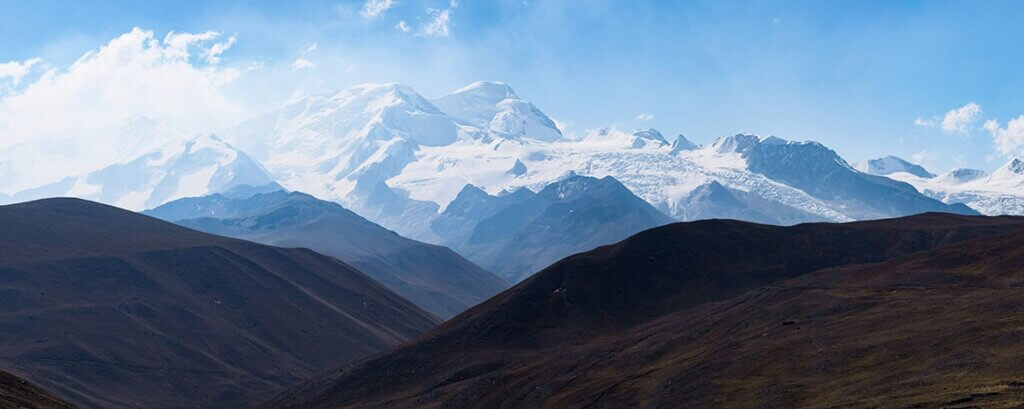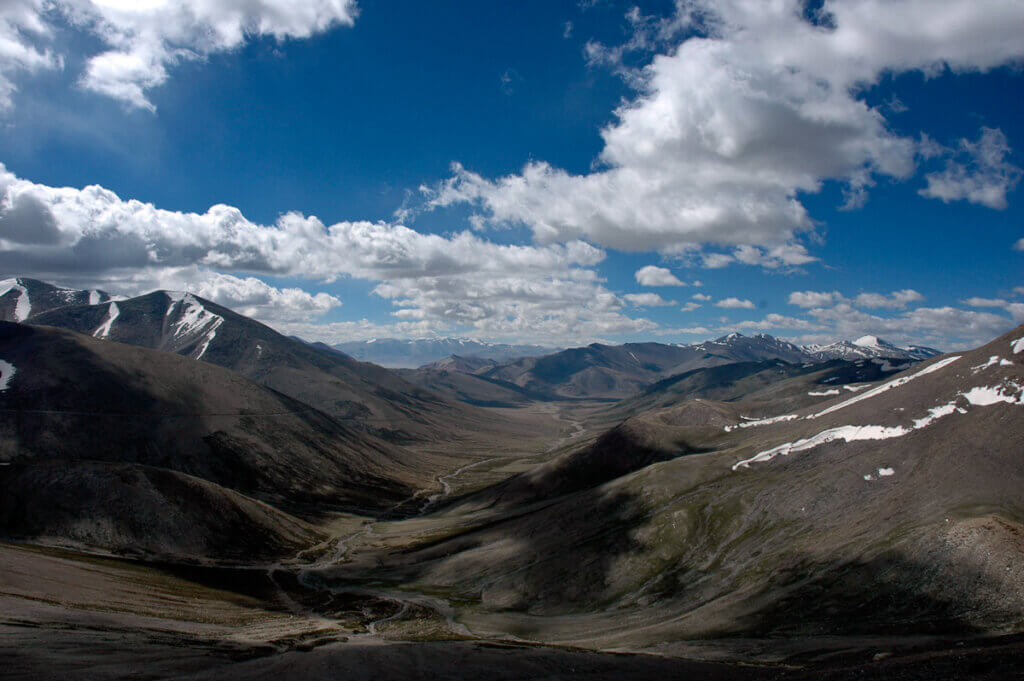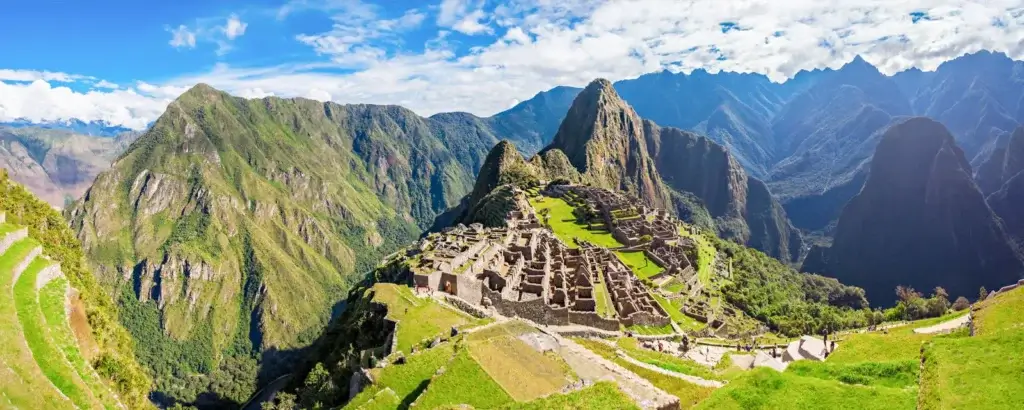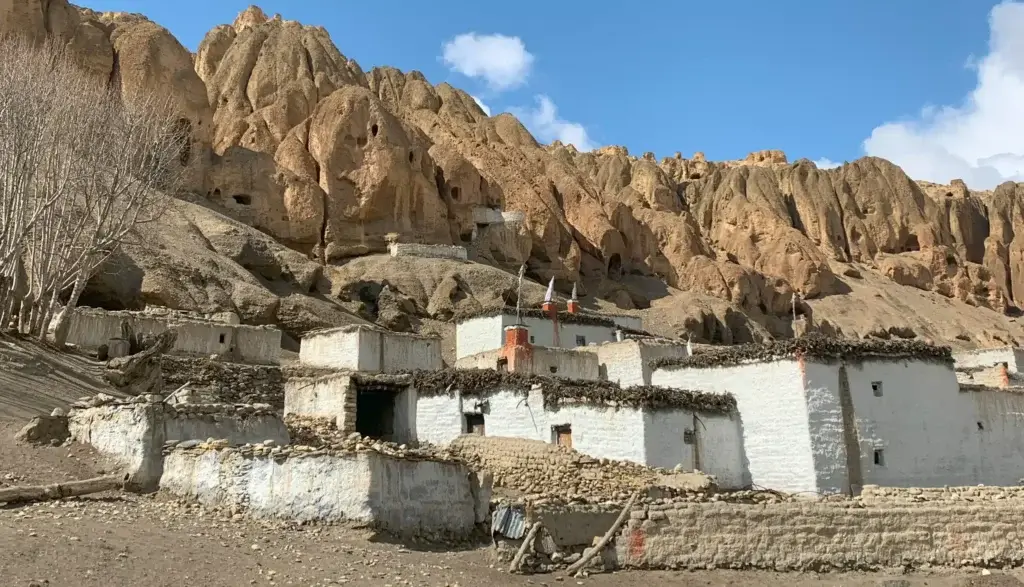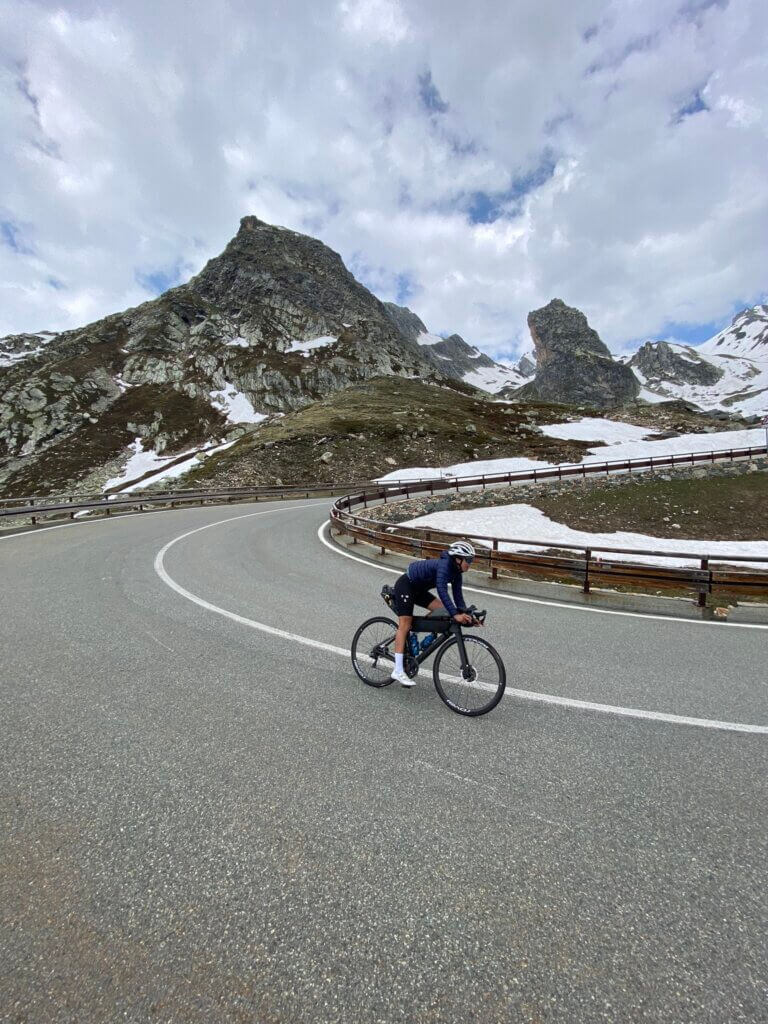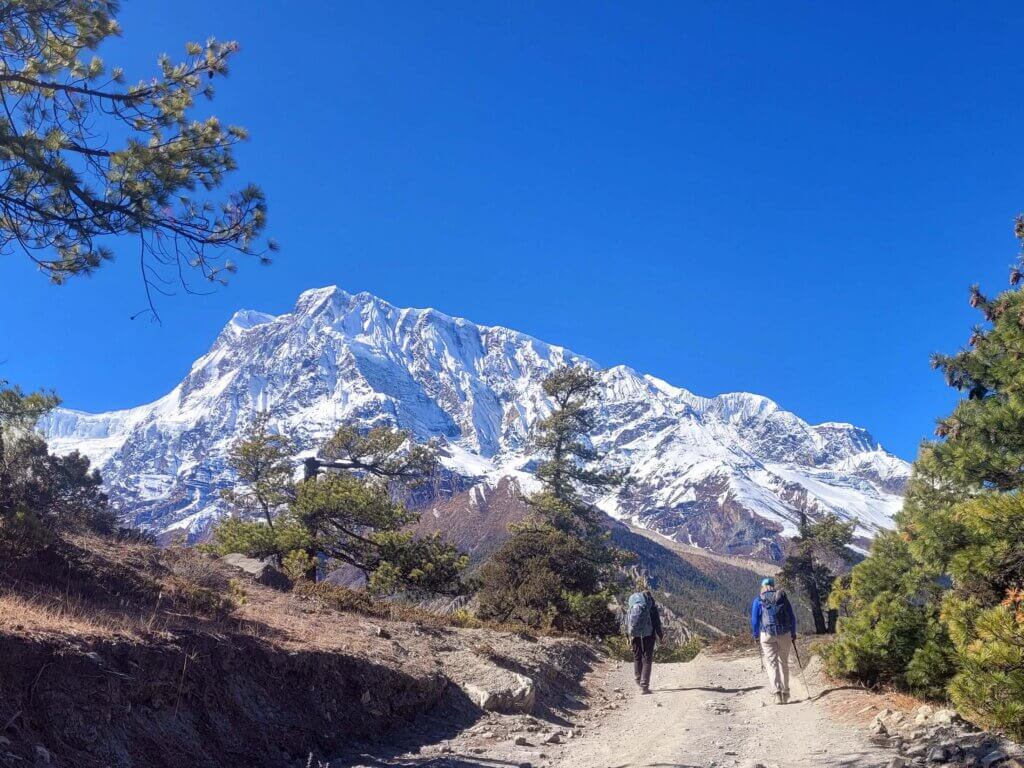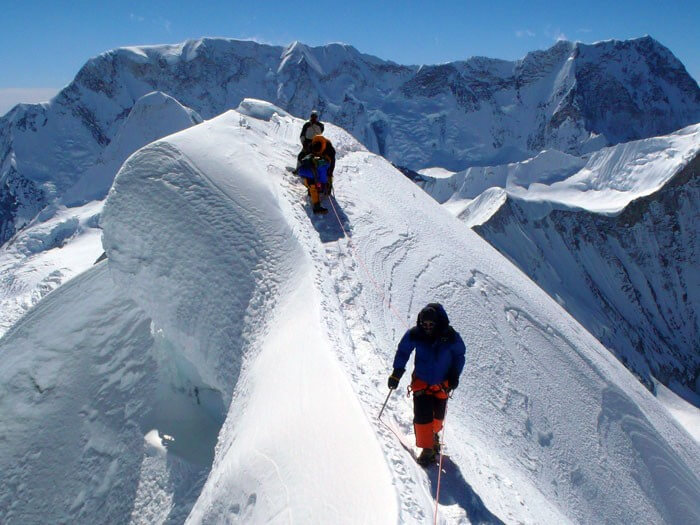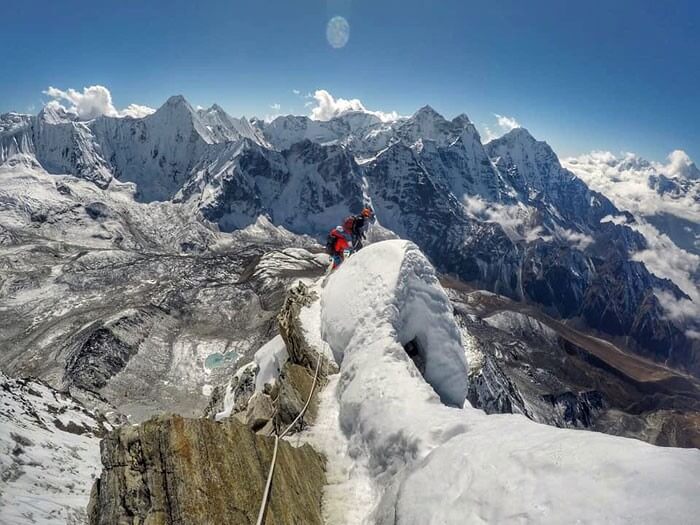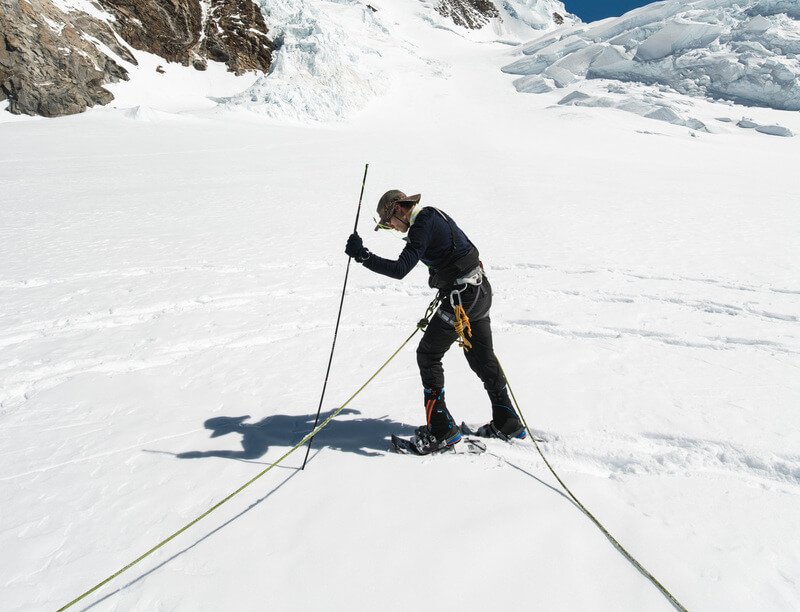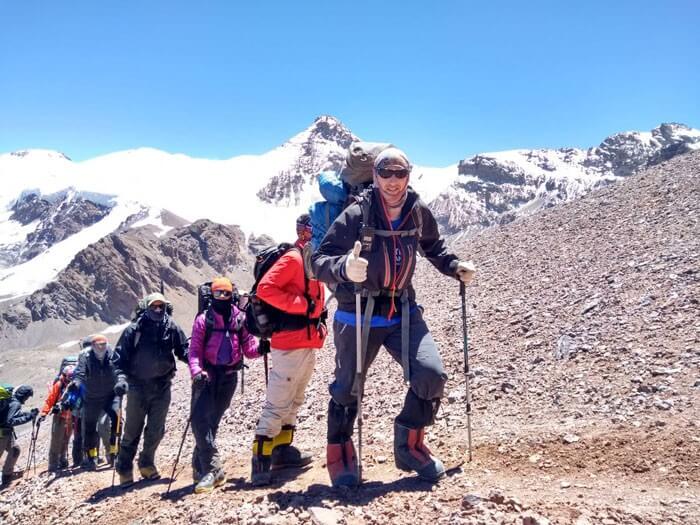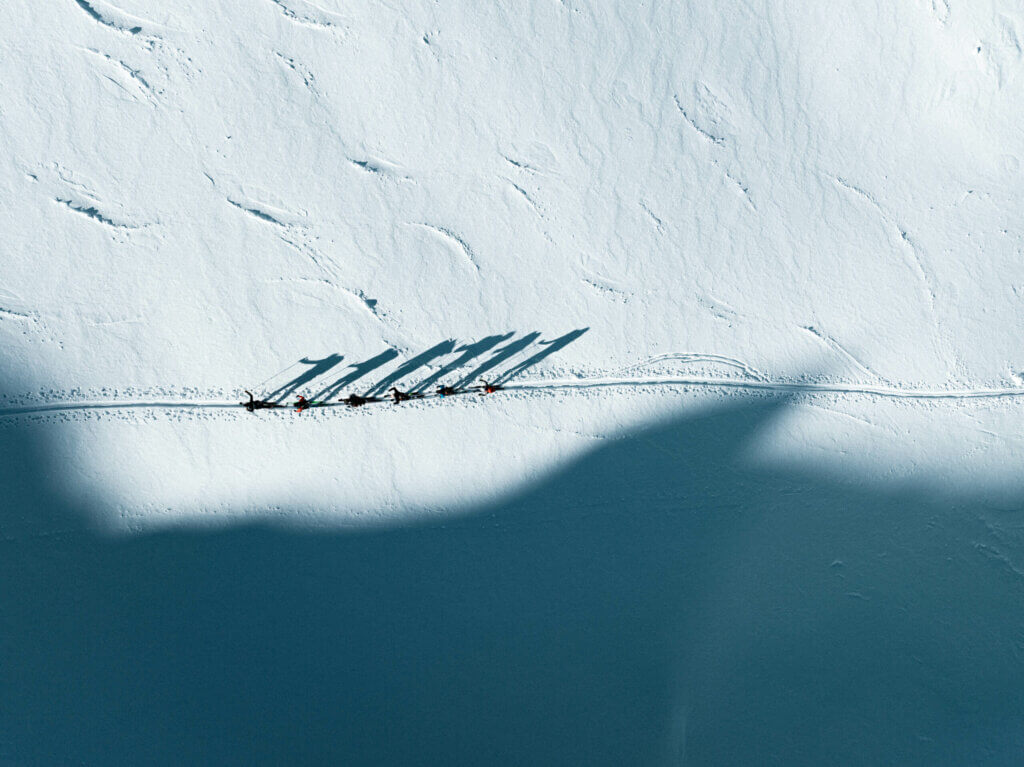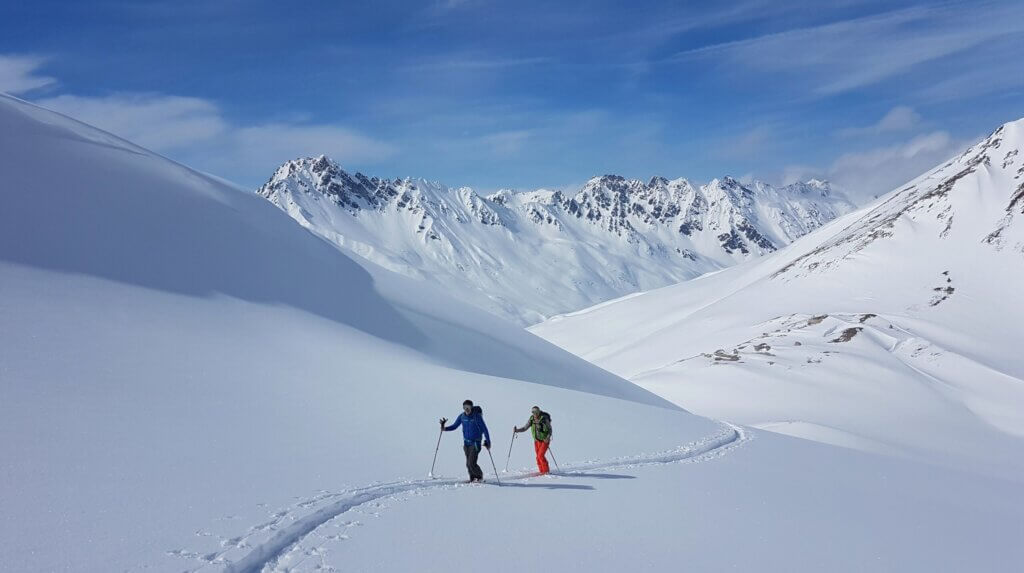General overview
Vern Tejas, a renowned guide, will be spearheading the trek for Alpine Ascents. Remarkably, Alpine Ascents stands out as potentially the sole outfitter entrusting the leadership of this expedition to its internal guide team.
The Laya-Ghasa Trek stands as a beacon among Bhutan’s picturesque treks, showcasing unparalleled vistas of the untouched and pristine landscapes of the Himalayas. Spanning 14 days and covering 217 kilometers, the expedition commences from Paro. It meanders through breathtaking alpine meadows, traverses lofty mountain passes, and winds through lush sub-tropical forests, ultimately concluding at Tashithang.
For the initial five days, trekkers will tread along the pathways of the famed Jomolhari Trek. This route, cutting through the expanse of the Jigme Singye National Park, presents mesmerizing views of notable peaks like Mt. Jomolhari, Jichu Drake – Bhutan’s pinnacle, and Tsherimgang. However, on day six, the trail takes a turn, leading adventurers away from Lingshi towards the serene encampment at Chebisa, a quaint village beautified with a cascading waterfall.
While journeying, there’s the possibility of encountering native wildlife, including the blue sheep and the Takins – Bhutan’s emblematic animal. The path also reveals remote hamlets, primarily occupied by the Layaps, a unique community in Bhutan with its distinct culture, customs, and appearance. An added attraction of the trek is a relaxing sojourn at the renowned Ghasa hot springs, offering a rejuvenating experience.
Given its challenging terrains, steep climbs, and lofty altitudes, the Laya-Ghasa Trek ranks among the more demanding adventures in Bhutan.
Itinerary
Day 1
Depart Home Country
Day 2
Transit
Day 3
Arrive Paro, Elev 2280m Upon arrival in Paro, spectacular views of the mighty Himalayan Mountains, including the sacred Jumolhari and Jichu Drake peaks in Bhutan, can be witnessed. After being welcomed by a guide, a transfer to the hotel takes place. Following lunch, a visit to the Rinpung Dzong, which translates to “fortress of the heap of jewels”, reveals its rich history and captivating wall paintings that illustrate Buddhist lore. A leisurely stroll downhill leads to a wooden bridge, from where a vehicle awaits to transport visitors to the ancient Kichu Lhakhang temple. An evening wander through Paro town, engaging with the locals and exploring the market, concludes the day. Accommodations for the night are provided in a Paro hotel.
Day 4
Acclimatization hike to Tiger’s Nest Monastery, Elev 3180m The day begins with a nourishing breakfast followed by a hike to Bhutan’s renowned Taktsang (Tiger’s Nest) Monastery. Legend recounts the 8th-century Spiritual Master, Guru Rinpoche, meditating in a cave here after flying on a tigress’s back. This sacred site, perched precariously on a cliff edge, overlooks the sprawling Paro Valley. A refreshing lunch is offered at the Cafeteria Restaurant en route. After exploring the monastery, a return hike to Paro is made, with an overnight stay in a local hotel.
Day 5
Paro-Shana, Trek starts The trekking adventure begins at Drukgyal Dzong, from where a downhill walk on a broad trail transitions into gentle climbs through terraced rice fields, apple orchards, and forests. The trek proceeds to Gunitsawa army post, the last outpost before the Tibet border, and concludes in meadows encircled by trees just beyond Shana Zampa.
Day 6
Shana-Soi Thangthangkha Following the Pa Chhu (Paro River), trekkers navigate through diverse forests and enjoy a hot meal after crossing a bridge. The day’s trek culminates at a campsite situated at an altitude of 3,750m.
Day 7
Soi Thangthangkha-Jangothang After ascending to an army camp, the journey continues above the tree line, with captivating views of nearby peaks. The day’s trek concludes at Jangothang camp, offering breathtaking vistas of Mt. Jumolhari and Jichu Drake.
Day 8
Halt at Jangothang (Base Camp) This day is reserved for acclimatization with a variety of day hikes available to explore surrounding areas, offering captivating views and tranquil nature settings.
Day 9
Jangothang-Lingshi From Jangothang, trekkers cross a stream and begin their ascent, marveling at panoramic mountain views. After passing the Nyele La pass, a descent leads to the Lingshi camp, near Lingshi Dzong.
Day 10
Lingshi-Chebisa The day’s journey involves passing Lingshi Dzong and strolling through local villages and yak herder camps. The trek concludes at Chebisa village, with an encampment by a stream.
Day 11
Chebisa-Shomuthang Beginning with a climb to the Gubu La pass, the path later descends through rhododendron forests and past yak herder camps, with potential sightings of Blue Sheep.
Day 12
Shomuthang-Robluthang The trek leads to the Jerela pass and then descends to the Tasharijathang valley, home to rare Himalayan Takins. Robluthang camp serves as the day’s endpoint.
Day 13
Robluthang-Lingmithang A challenging ascent to the Shingela pass rewards with mesmerizing mountain views. The trek continues to Lingmithang, where the day concludes.
Day 14
Lingmithang-Laya A serene walk through a damp forest leads to Laya village, Bhutan’s second-highest settlement.
Day 15
Laya-Koena The descent reaches an army camp and follows the Mo Chhu river, winding through juniper and fir forests, culminating at Koena camp.
Day 16
Koena-Gasa, Trek ends After crossing the Barila La pass, a descent leads to Gasa Tshachu. The day is capped off with a therapeutic bath in the hot springs.
Day 17
Gasa-Punakha A drive through scenic landscapes leads to Punakha. In the afternoon, Punakha Dzong, majestically positioned between two rivers, can be explored. The night is spent in a Thimphu hotel.
Day 18
Punakha-Thimphu On the journey to Thimphu, a stop at Lobesa offers a hike to the Chimi Lhakhang Temple. The drive continues via the Dochula pass, providing potential Himalayan vistas, before reaching Thimphu for a night’s stay.
Day 19
Thimphu-Paro Depart The final day in Bhutan involves a drive to the airport for departure, with a fond farewell from local representatives.
Day 20
Arrive Home Country
Good to know
Training overview
Embarking on the Bhutan Trek necessitates adequate preparation to fully embrace and thrive during the journey. Whether you’re a seasoned trekker or a novice, a comprehensive training regimen tailored to your needs is paramount. Here’s a brief overview:
Educate Yourself: Dive into specialized literature that offers insights into the physical demands of trekking. Some recommended books include:
- The Outdoor Athlete by Doug and Courtenay Schurman.
- Training for the New Alpinism: A Manual for the Climber as Athlete by Steve House and Scott Johnston.
Seek Professional Guidance: If you’re unfamiliar with the nuances of trekking or want to hone your skills, consider consulting a personal trainer experienced in trekking. They can craft individualized training plans that leverage both indoor and outdoor settings. By understanding your geographical location and available resources, they can help optimize your preparation. A few esteemed names in the industry are:
- Doug and Courtenay Schurman of Body Results.
- Steve House and the team at Uphill Athlete.
Preparation for Bhutan Trek
The Bhutan Trek presents unique challenges, requiring a mix of cardiovascular endurance, strength, and hiking-specific conditioning.
- Cardiovascular Endurance: Boost your aerobic capacity. This will serve as the foundation for the sustained exertion the trek demands.
- Strength Endurance: Apart from the long walks, you’ll be facing terrains that test your physical limits. Engage in strength conditioning exercises to build resilience and stamina.
- Hiking-Specific Training: Nothing prepares you for a trek better than actual hiking. Regularly hike with a backpack, increasing your pace, distance, and the weight you carry over time. This tailored approach offers unparalleled benefits, ensuring you’re physically primed for the actual trek.
Remember, a successful trek is not solely about reaching the destination; it’s about enjoying the journey. Adequate preparation ensures you’re well-equipped to face challenges and savor the beauty of the Bhutanese landscape. Safe travels!




